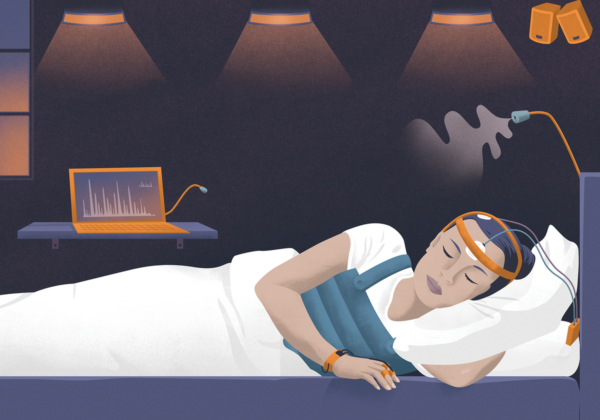The Future of Dreaming: How Technology Will Change Our Nighttime Worlds

About Course
What if your dreams were no longer private, unpredictable realms, but instead shaped by science, technology, and even your own conscious intent? The Future of Dreaming explores the emerging frontier where neuroscience, AI, and virtual reality are beginning to intersect with our nightly journeys into the unconscious mind. From wearable devices that influence lucid dreams to neurotech interfaces that could one day record or even manipulate dream content, this course takes you on a fascinating journey into how future innovations could revolutionize our relationship with sleep, imagination, and personal growth.
Designed for curious minds, students, and tech enthusiasts alike, this course offers insights into the science of dreams, current tools reshaping how we sleep, and what lies ahead. You’ll also examine the cultural, ethical, and artistic dimensions of dream technology—inviting you to question: What are the consequences when we start programming our dreams? Could dreams be the next digital frontier? Whether you’re fascinated by sleep science, futuristic tech, or the mysteries of the mind, this course will awaken new perspectives on the nocturnal side of human life.
Course Content
Introduction
Explanation of the topic and its importance
00:00Overview of the ebook’s purpose and contents
00:00